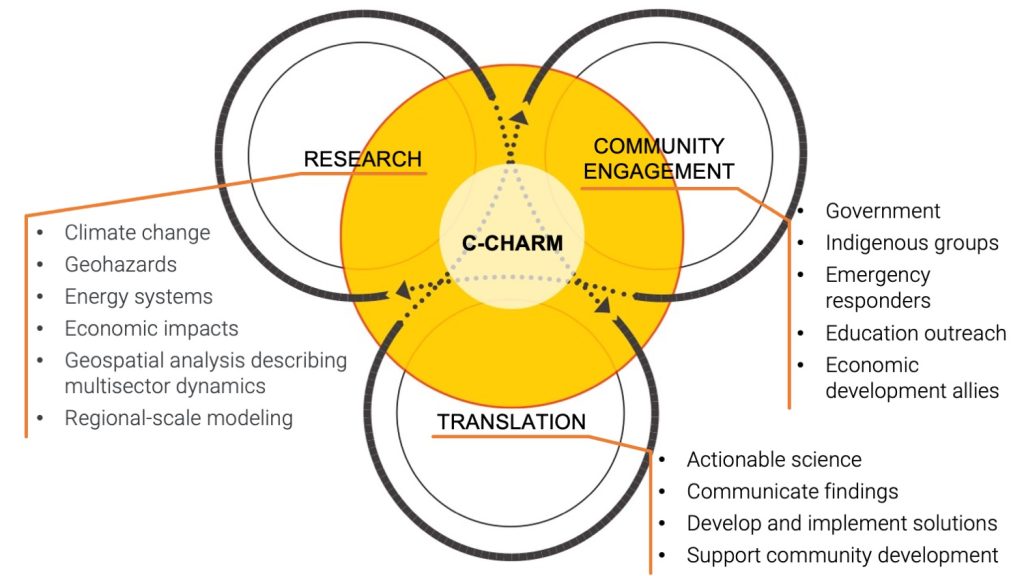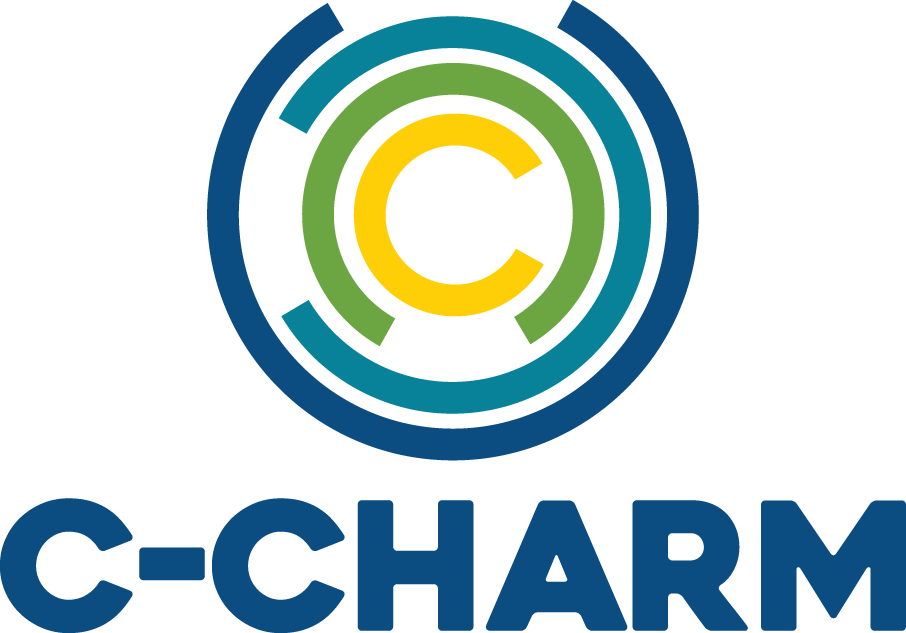Through a robust interdisciplinary scientific inquiry, C-CHARM investigates the effects of climate change on geohazard risks and energy infrastructure in the Western Upper Peninsula of Michigan’s local communities, with an emphasis on formulating adaptation and mitigation strategies.

The core of C-CHARM’s scientific inquiry is shaped by a set of science questions derived from various disciplines.
Dive Deeper
Each research area provides defined science questions, methods, and outcomes below.
Community Engagement and Co-production Exchange
Climate Change and Climate Extremes
Socioeconomic Baseline and Economic Impact
